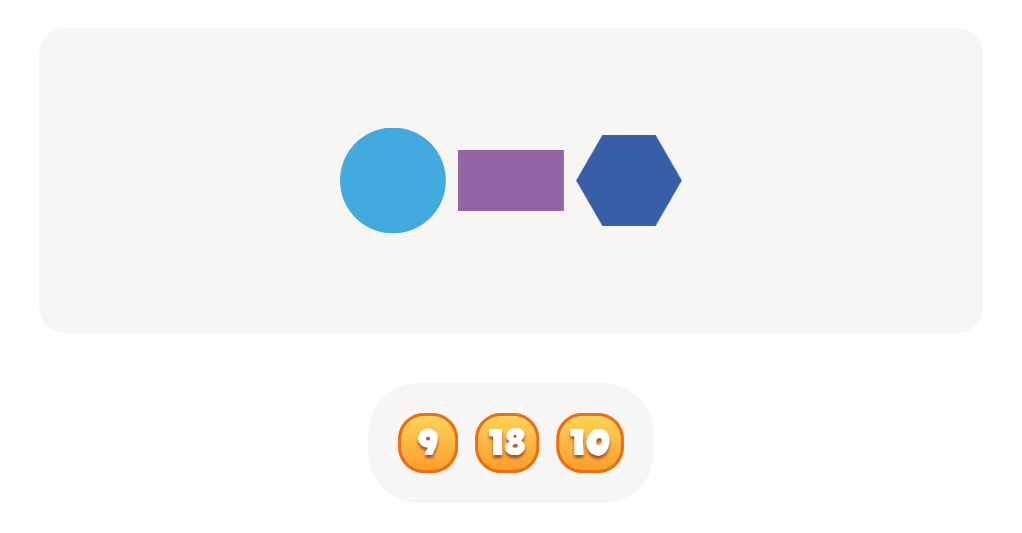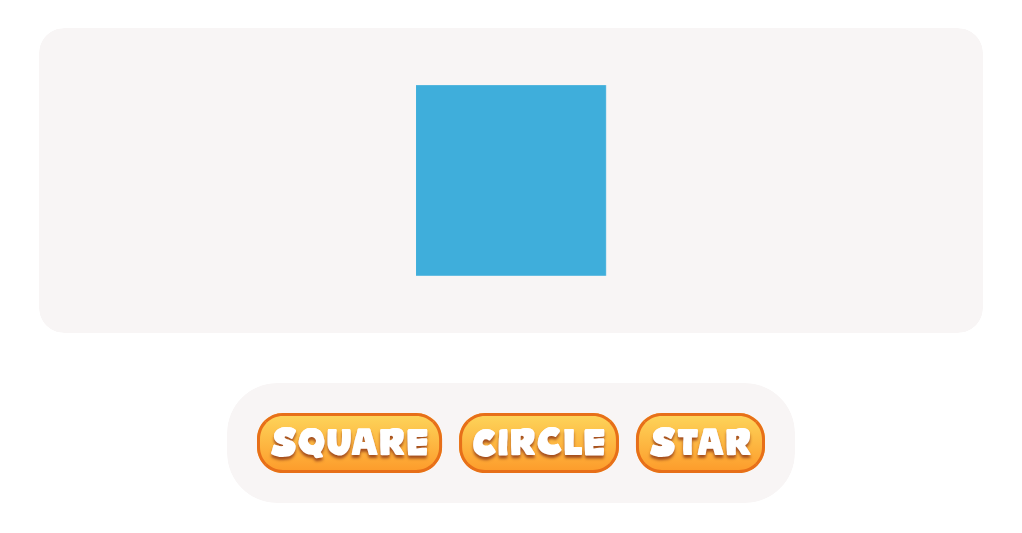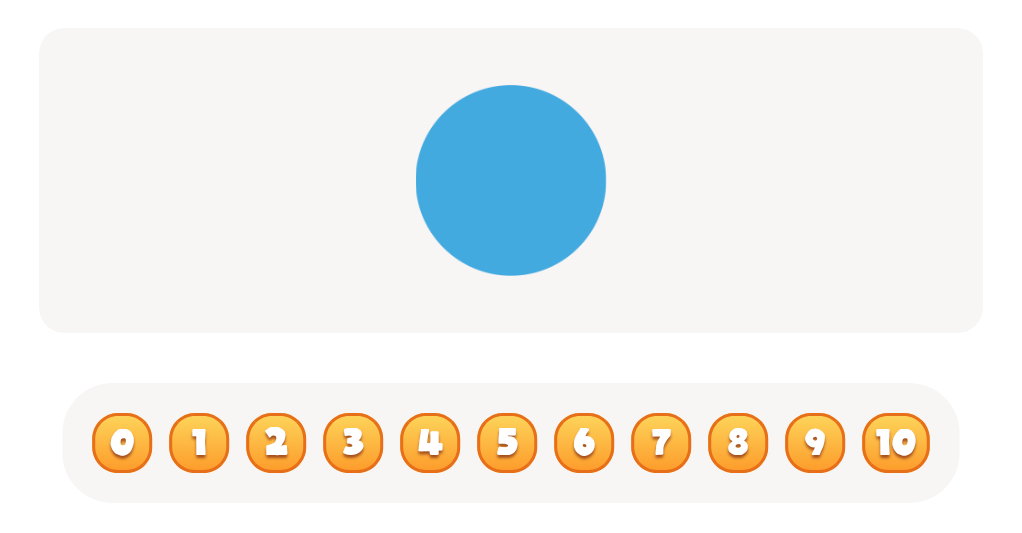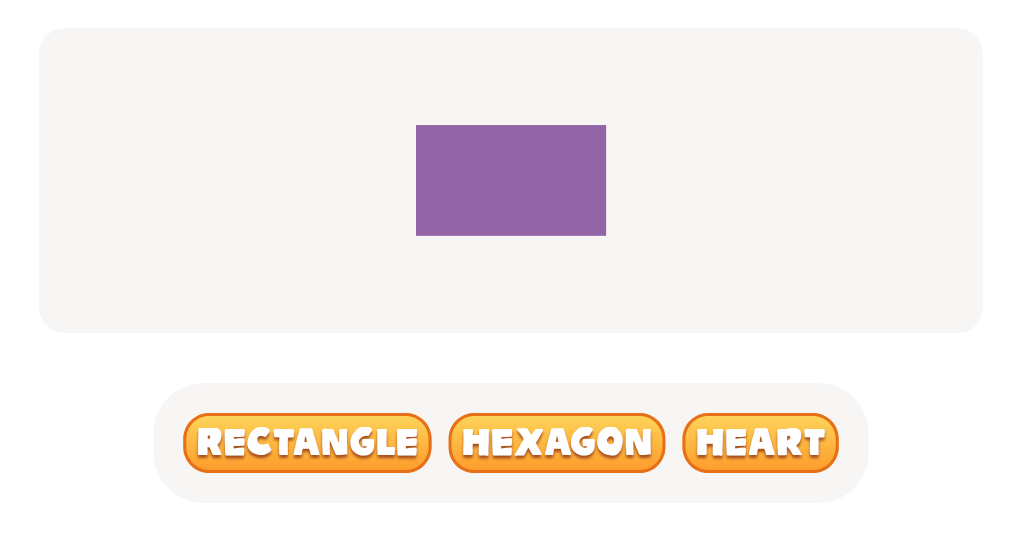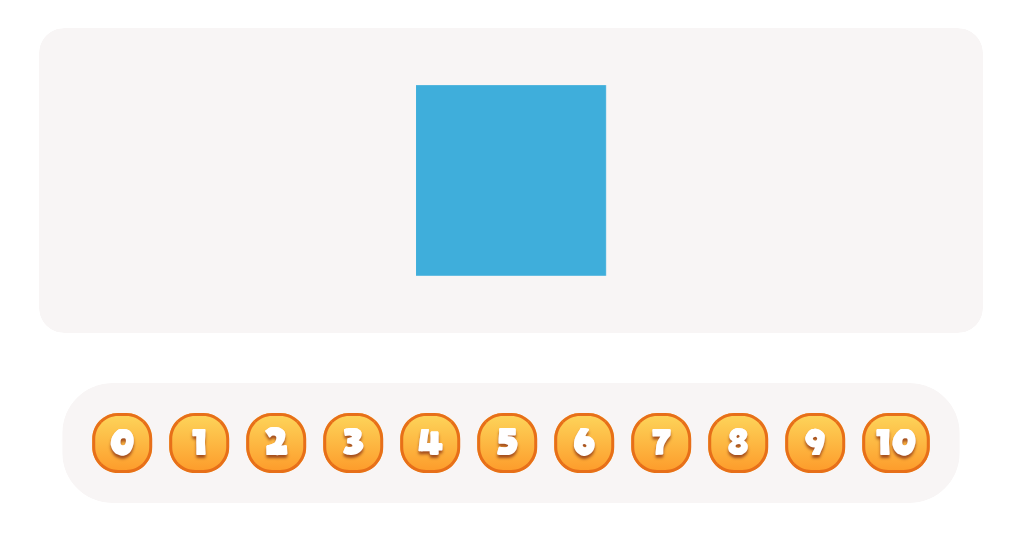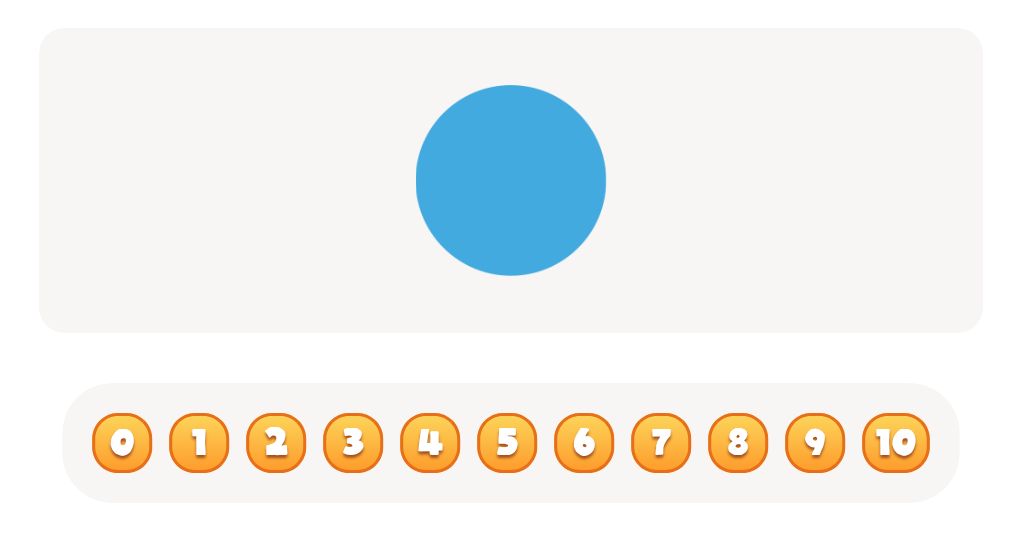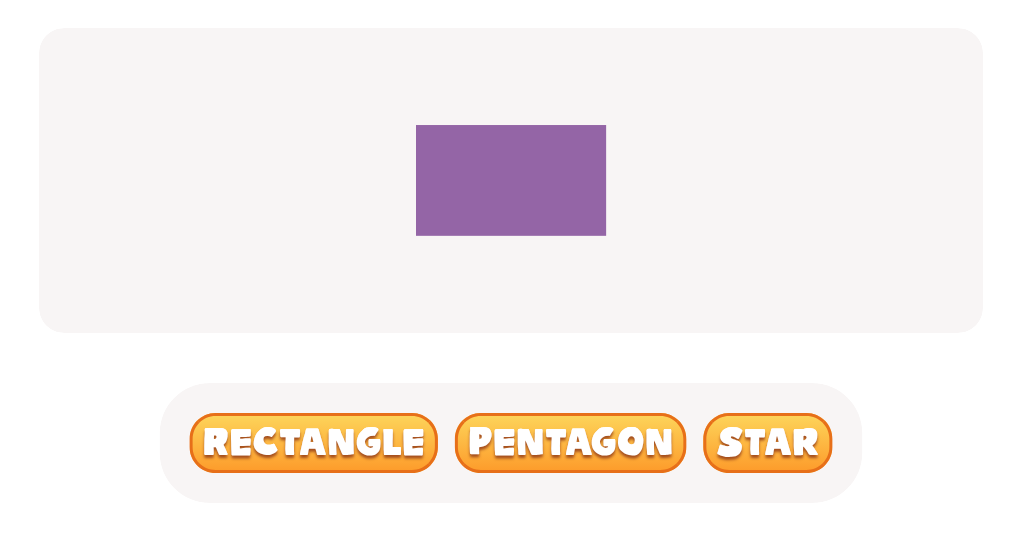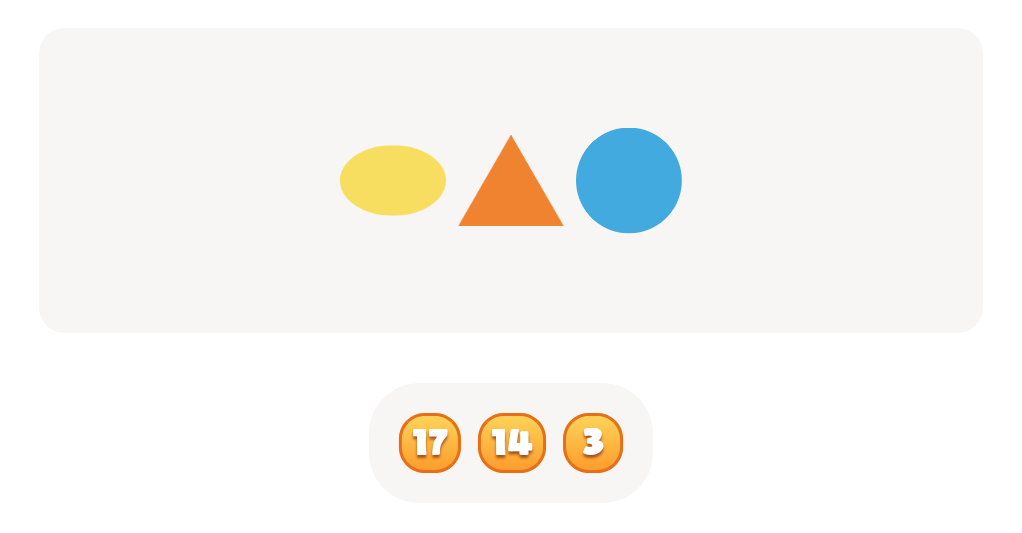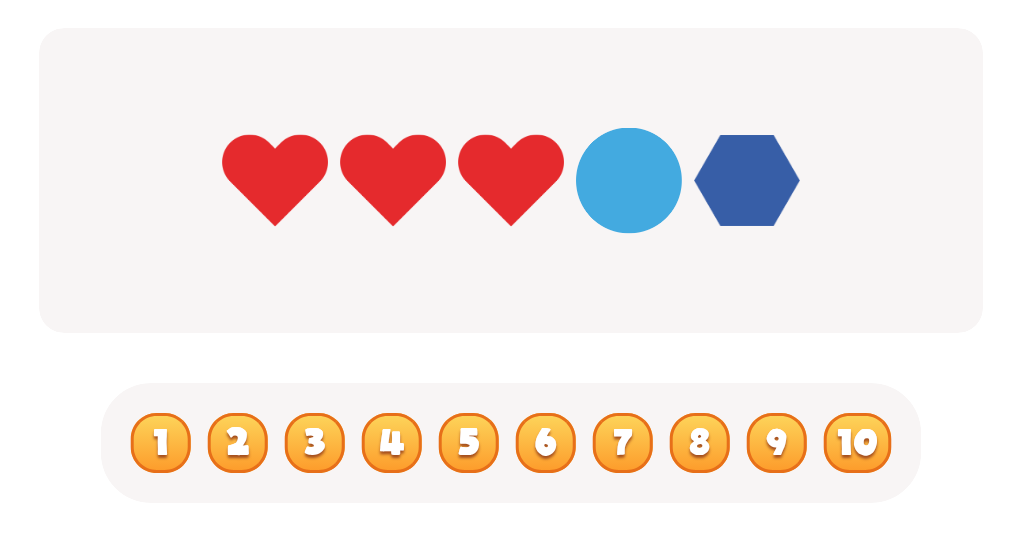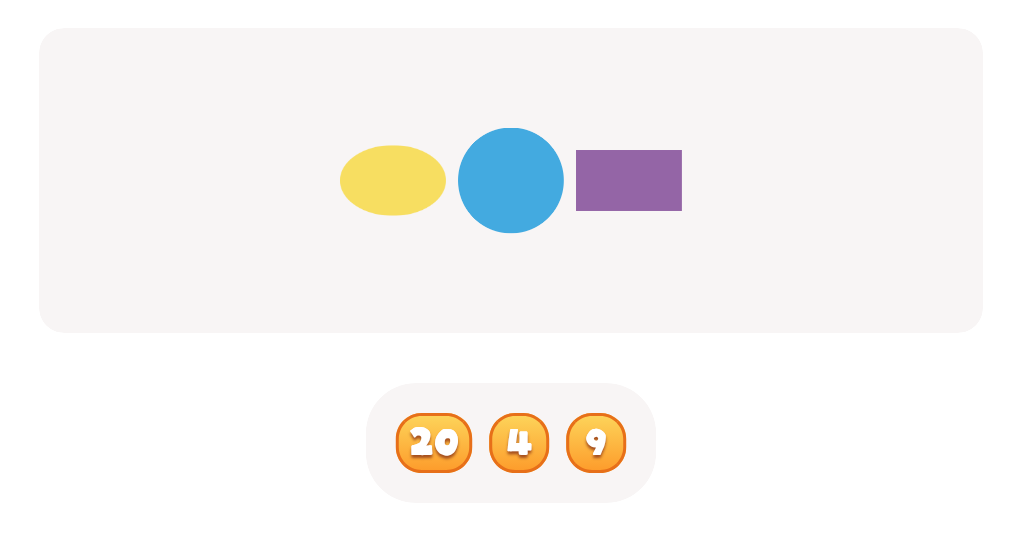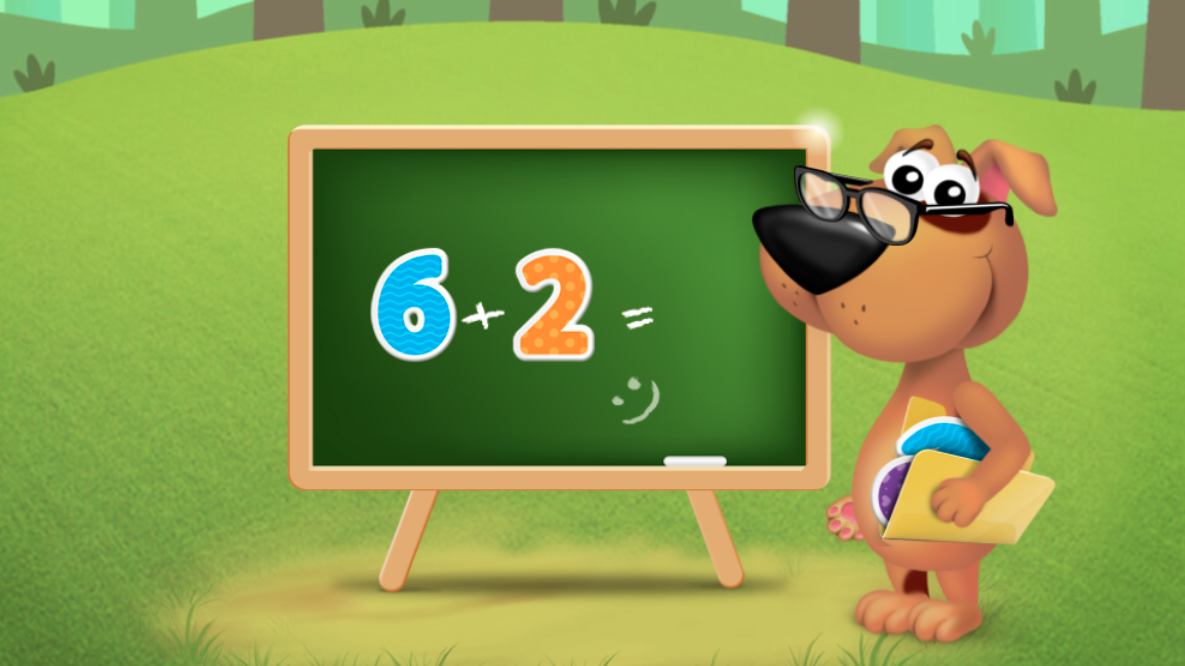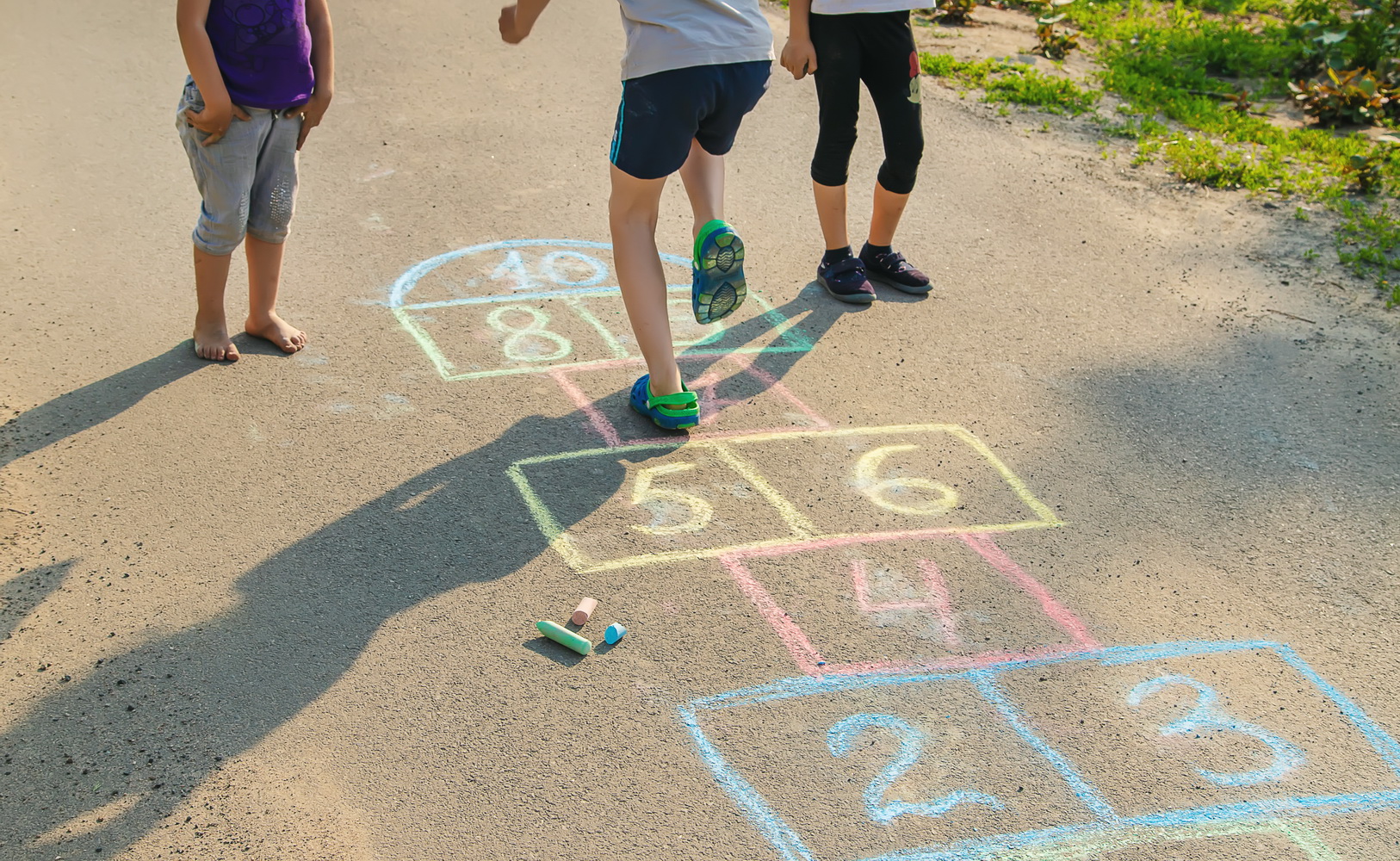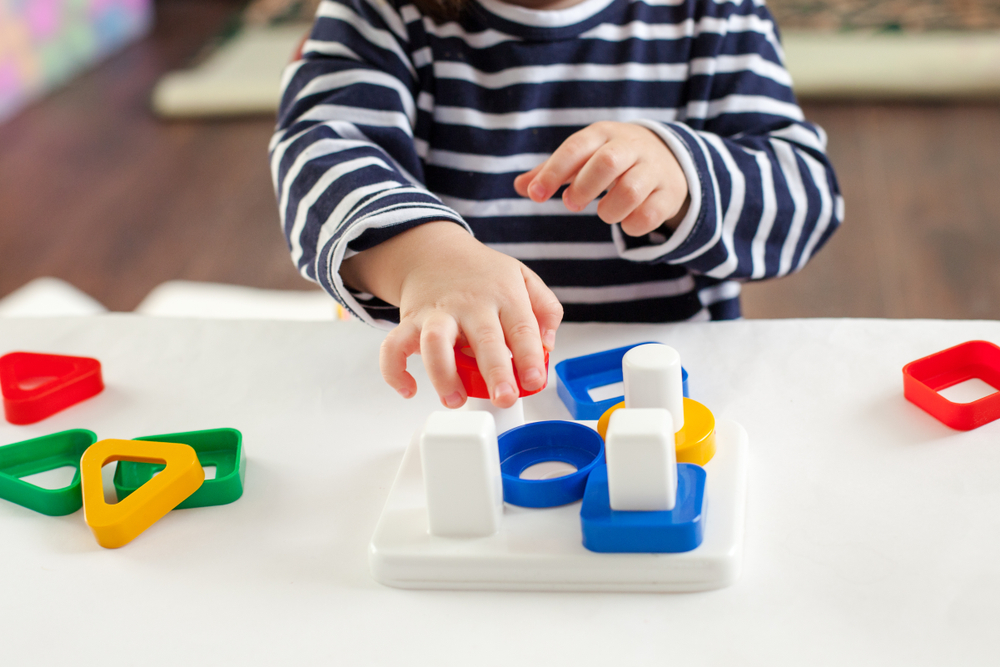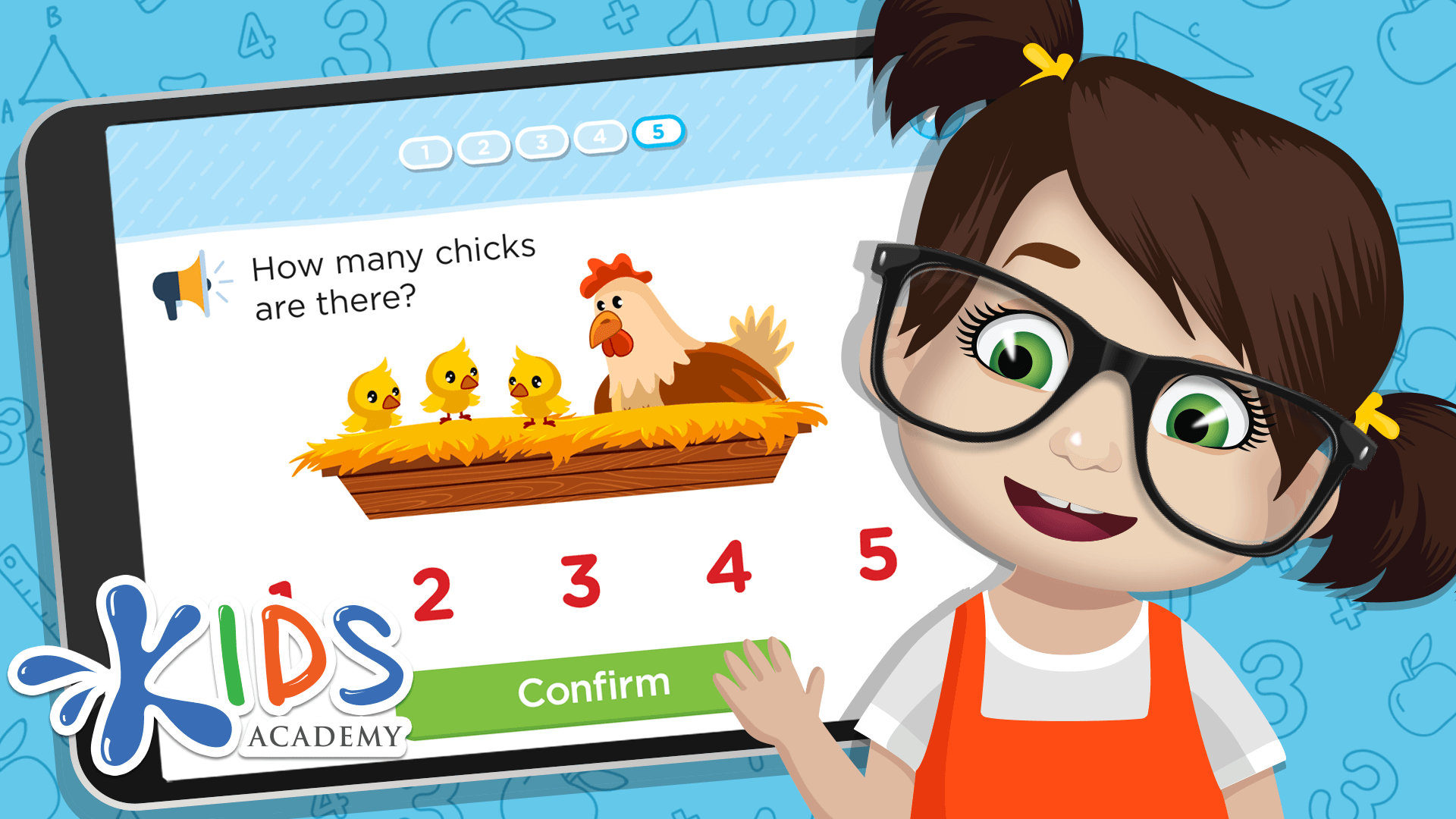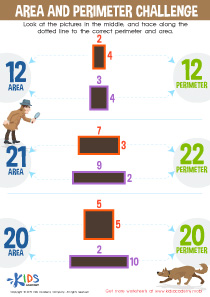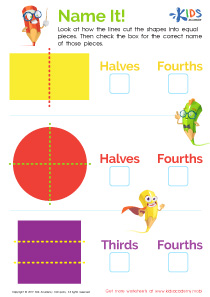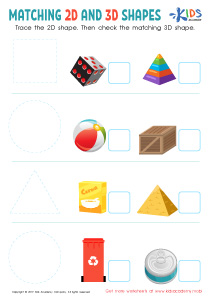Visual discrimination 2D Shapes Worksheets for Ages 4-7
5 filtered results
-
From - To
Enhance your child's learning and recognition skills with our Visual Discrimination 2D Shapes Worksheets, designed specifically for ages 4-7. These interactive worksheets help young learners distinguish between different shapes, boost their cognitive development, and improve their ability to identify, compare, and sort various 2D shapes. Our engaging activities are crafted to make learning fun and effective, making it easier for children to grasp foundational geometry concepts. Ideal for both classroom use and at-home practice, these worksheets are an excellent resource for early math education. Explore our collection and support your child’s educational journey with confidence.
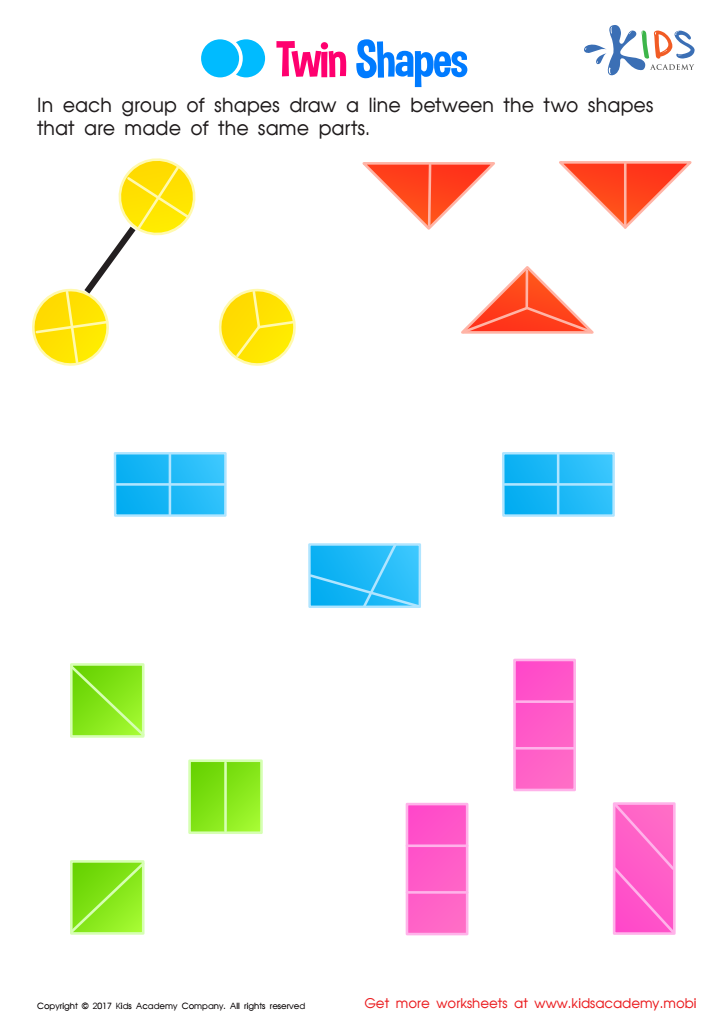

Twin Shapes Worksheet
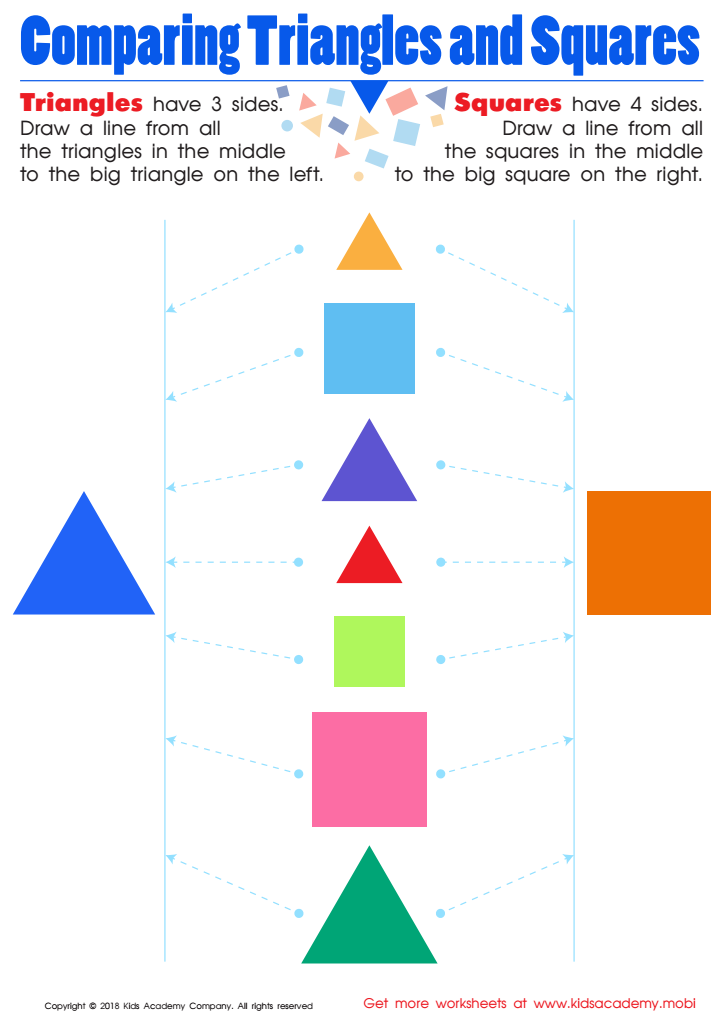

Comparing Triangles Squares Worksheet
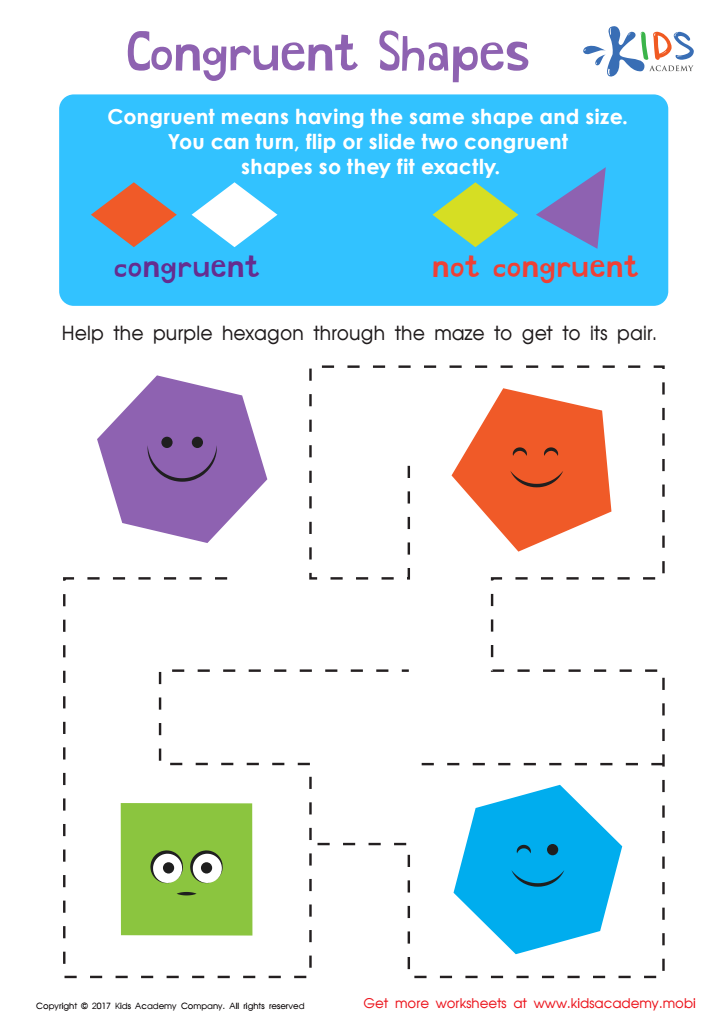

Congruent Shapes Worksheet
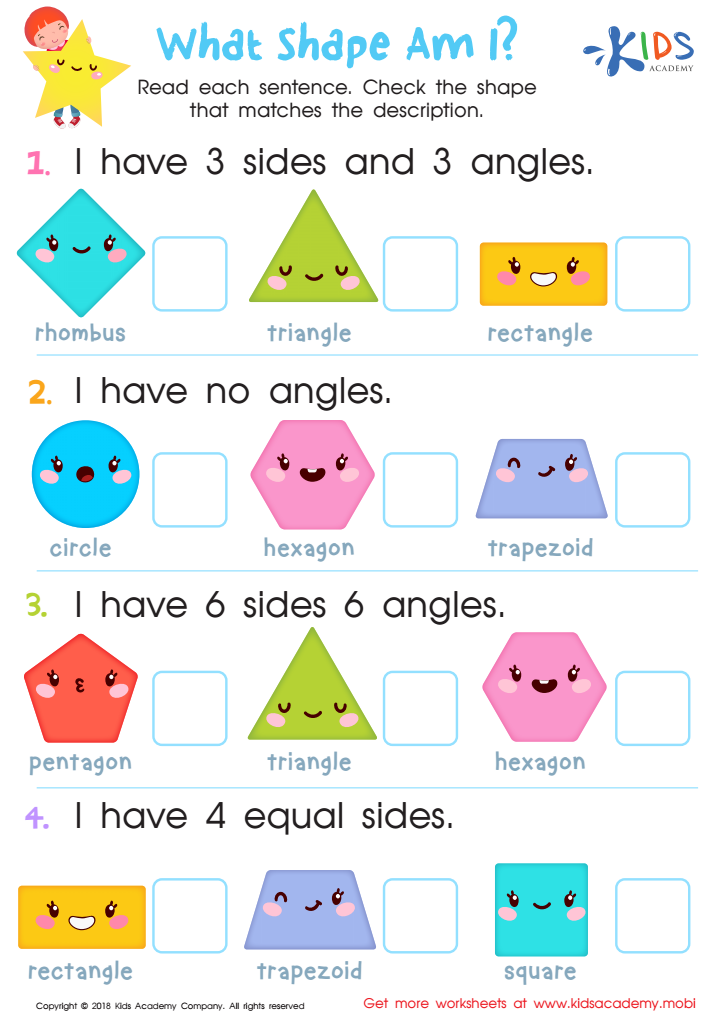

What Shape Am I? Worksheet
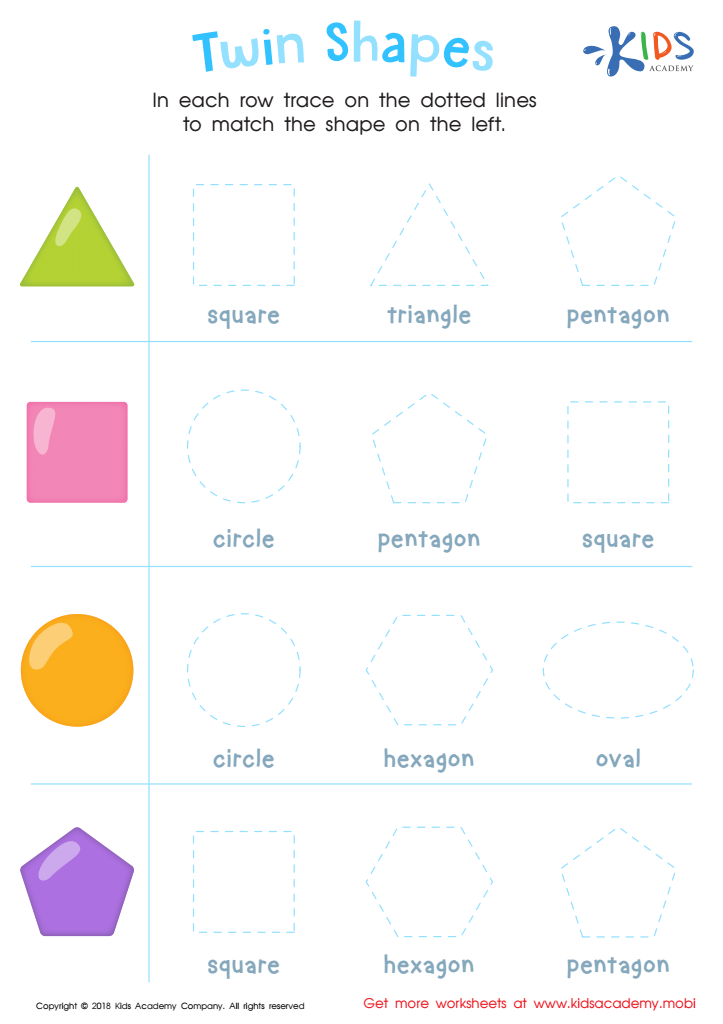

Twin Shapes Dot-to-Dot Worksheet
Visual discrimination is the ability to recognize and differentiate between various visual stimuli, and developing this skill using 2D shapes is crucial for children aged 4-7. At this stage, children are in a critical period of cognitive and sensory development. Recognizing 2D shapes such as circles, squares, triangles, and rectangles enhances not only their visual perception but also their cognitive and motor skills.
Firstly, visual discrimination is foundational for reading and writing. By identifying shapes, children learn to differentiate between different letters and numbers, an essential skill for literacy. For instance, distinguishing a "b" from a "d" relies on the ability to recognize slight differences in shape.
Secondly, understanding 2D shapes supports mathematical thinking. Shapes are the building blocks of geometry, and recognizing patterns aids problem-solving and logical reasoning. For example, identifying how triangles combine to form a hexagon encourages spatial awareness and analytical thought.
Moreover, shape recognition improves memory and attention to detail. Activities that involve sorting and matching shapes cultivate concentration, a skill beneficial in all areas of learning. It also nurtures creativity as children use basic shapes to draw and construct various figures and objects.
Thus, by focusing on visual discrimination of 2D shapes, parents and teachers help set the groundwork for academic success, developing essential abilities that children will use throughout their educational journey.
 Assign to My Students
Assign to My Students
